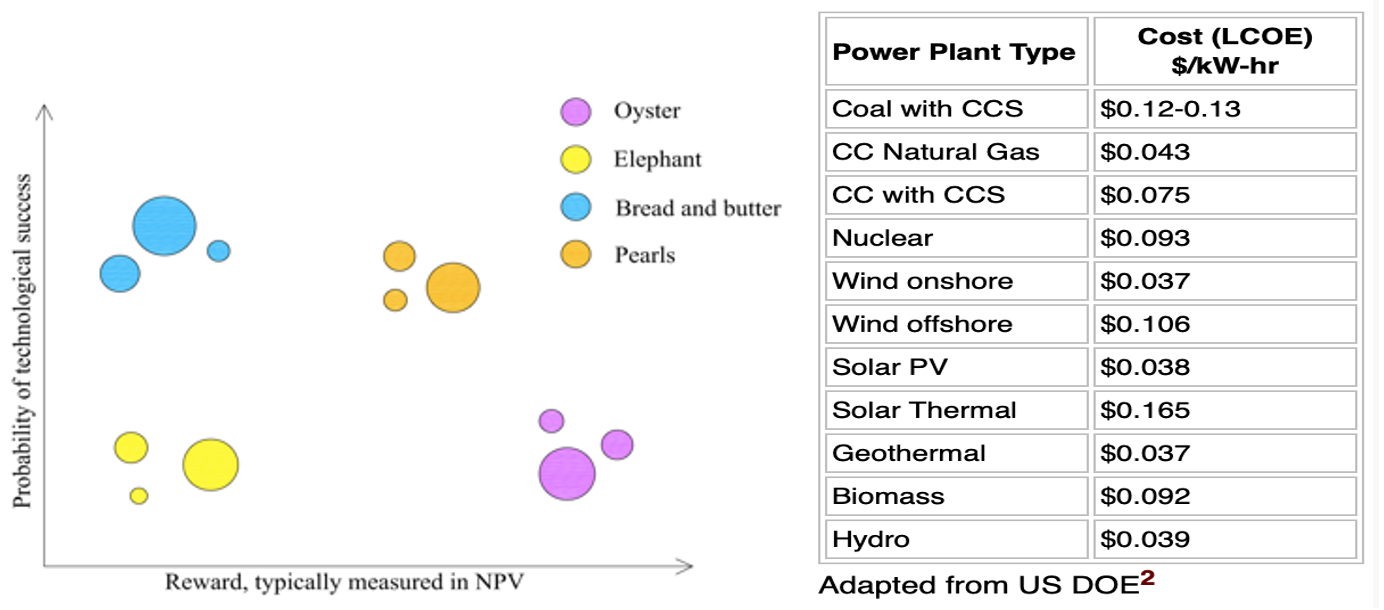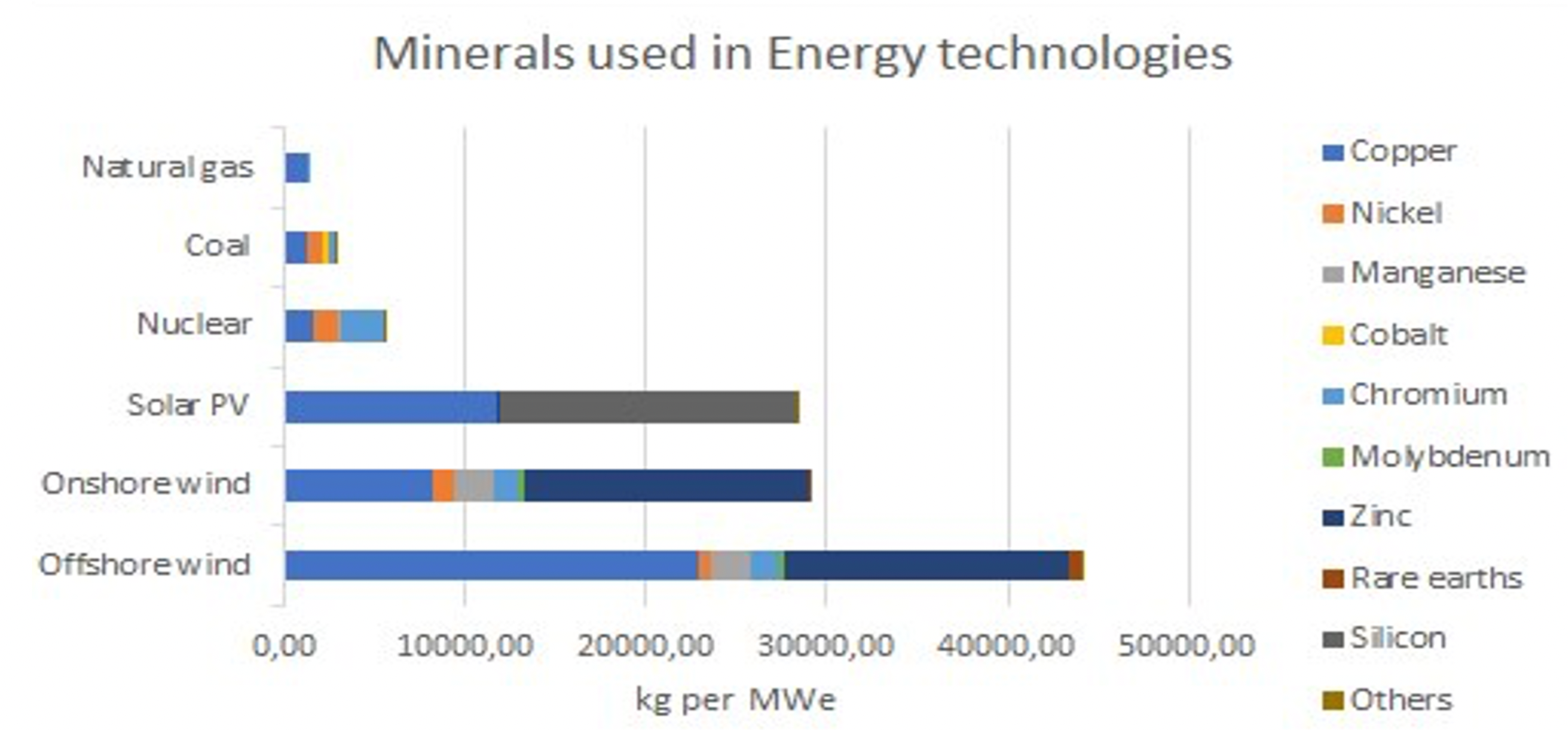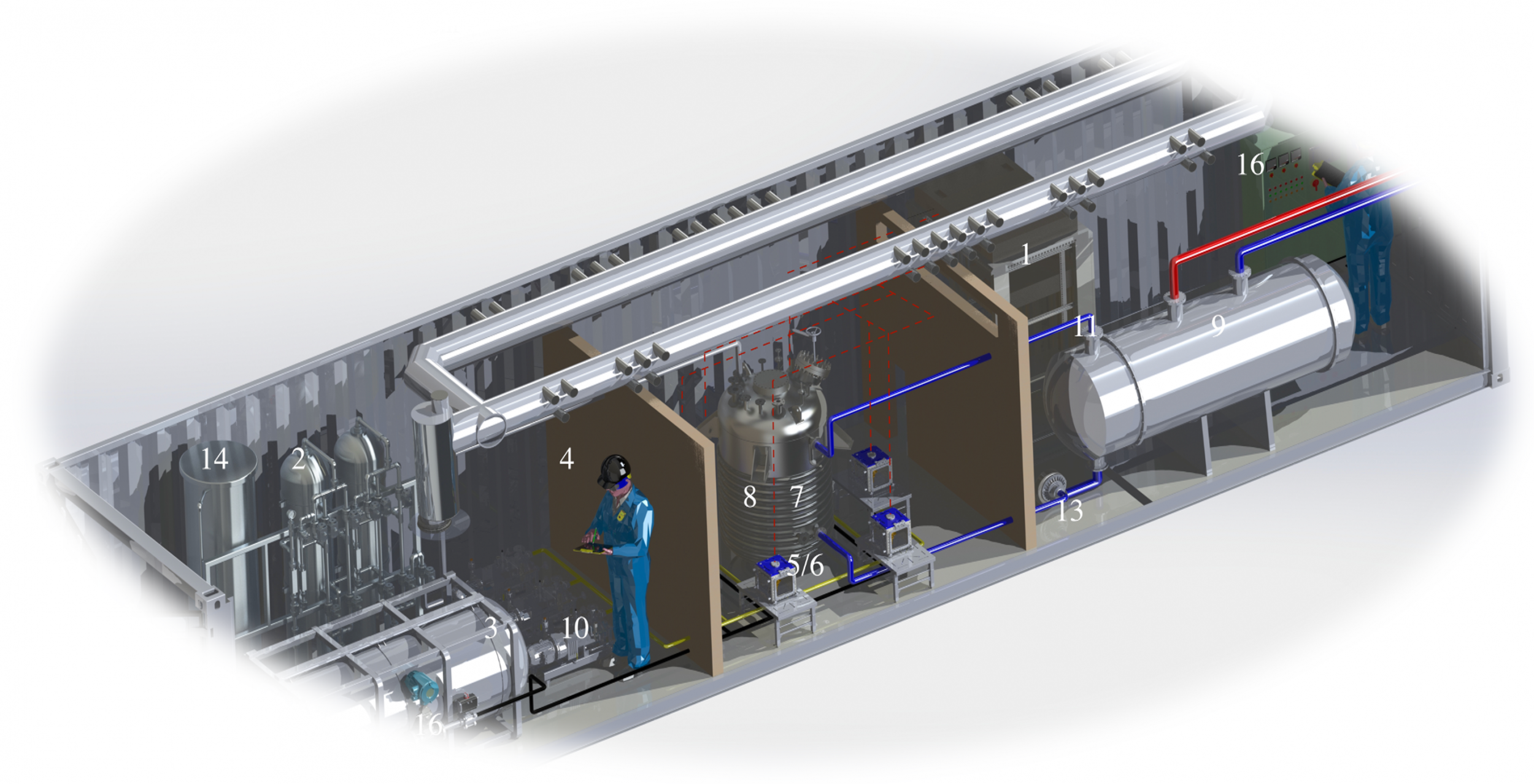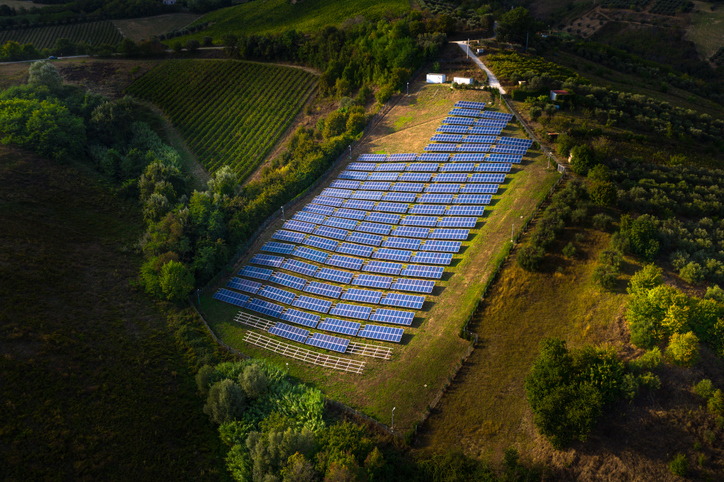Dag H. Zeiner-Gundersen argues that Norway has an obligation to direct more resources towards fundamental renewable energy research; thereby significantly speeding-up technology developments.
Dag H. Zeiner-Gundersen, Ph.d. & D.Sc.
Norway has through the last decades built most of its wealth on exploitation of non-renewable energy sources in form of oil and gas. With emissions, global warming, and environmental changes to a large degree caused by burning of such fossil fuels, it is my opinion that we have a special duty to funnel wealth earned from this exploitation back into developing and enhancing renewable energy sources.

The «low hanging fruits» that create real disruptive innovations are becoming less common within the field of renewable energy and sustainable solutions. In my opinion, more basic research is required, research that goes beyond merely application engineering of existing technologies.
Norway, as is the case for many large energy nations, has too many non-sustainable “pearl” energy projects, too many «bread and butter” renewable research projects and too few sustainable disruptive «oyster” projects. Such «oyster» projects are those that will bring quantum leaps, if successful. I believe our current energy development thinking is too risk avert, short term driven, application engineering oriented, versus the need for real technology drivers.
Sustainable renewable energy solutions
I believe that now is the time to deliver on sustainability projects with new disruptive energy solutions that will require more fundamental R&D. We must widen our way of thinking beyond standard solutions and invest in research on nuclear fission, nuclear fusion, muon catalyst fusion, energy extraction from hydrogen, wind, solar cells, bio energy, geothermal, ocean, tidal and hydro power solutions, and even explore non-conventional and controversial technologies.
More emphasis should be put on selecting energy technologies. Real lifetime cycle cost scrutiny is essential, including analysis of environmental impact, including land alterations.

The relative high demand for more specialized metals in the production of some of the renewable technologies, leads to dilemmas regarding general availability, exploitation and refining methods and transportation. This demand has geopolitical dimensions.
Although the nuclear industry is reputed to present important challenges, it has a very low number of accidents and fatalities and releases operationally less radiation and harmful emittance into the environment than any other major energy source.
Nuclear energy production has in general higher availability, longer lifetime, lower relative use of speciality metals and higher reliability factor than any other energy source. Solutions with simpler, safer, cost-effective versions should be explored, combined with use of decentralized units offloading transmission networks.

With the current escalating environmental changes all means should be put into disruptive renewable energy research as I see it. In this context, I have during the last six years done research on various forms of disruptive hydrogen energy processes together with a close team of scientists.
This R&D includes complex work on processes for converting hydrogen forms into diverse atomic particles. All this has taken place in a purpose built, advanced and privately held laboratory. Processes for the conversion of hydrogen may lead to disruptive innovative solutions. The team´s project work has primarily been financed by me and my company, with some additional private investments and grant supports.

Financing
Revenues from oil and gas should be far more directly channelled into disruptive fundamental renewable energy research. Norway should be a forerunner and allocate a minimum of 1 ‰ (1 billion Euro) of the Government Pension Fund-Global per year into such fundamental energy research and encourage other large energy nations to do the same. Comparably, major oil and gas revenue-based companies should be requested to invest 1 ‰ of yearly revenues into fundamental renewable energy research.
Further, national, and global grants and corporate and investors tax benefits should be valued on the basis of project environmental impact factors. Channelling such increased financials through existing grant organizations might not be as effective, reflecting their current required policy portfolio. More effective models and processes for selecting and executing R&D projects must be sought, reducing resources used on applications, accounting, and auditors.

Effective project practices bring technological results
In addition to changing financing methods, I believe more effective project execution processes and resource usage must be sought. We must get out of the comfort zone and utilize non-traditional and innovative methods and resources such as AI driven innovation and R&D algorithms and multi scientific collaboration forums.

University research labs should be made more available for relevant external projects, and this measure should be combined with common incentives mechanisms. High earning requirements, which may cause the universities to charge too much for the use of speciality facilities and man-hours, might cause potential collaborators to go abroad, or build their facilities.
With an increased number of “oyster” type R&D sustainable energy projects, there is inherently a higher risk of failure. Grant givers, investors, universities, and corporations need to address such risks.
My book Effective innovation in science technology and business, includes more details on project executions.
Summary
I believe that Norway and large energy nations have a responsibility in financing and driving fundamental disruptive research on renewable energy. Goals on capping emissions are noble, but effectual complex to enforce and are definitively insufficient. As the world gets more and more populated and demands for comfort and energy usages escalate, we are , we are obliged to push and finance fundamental renewable energy research forward.
There is no time to spare.
Top photo: Leo Patrizi.

